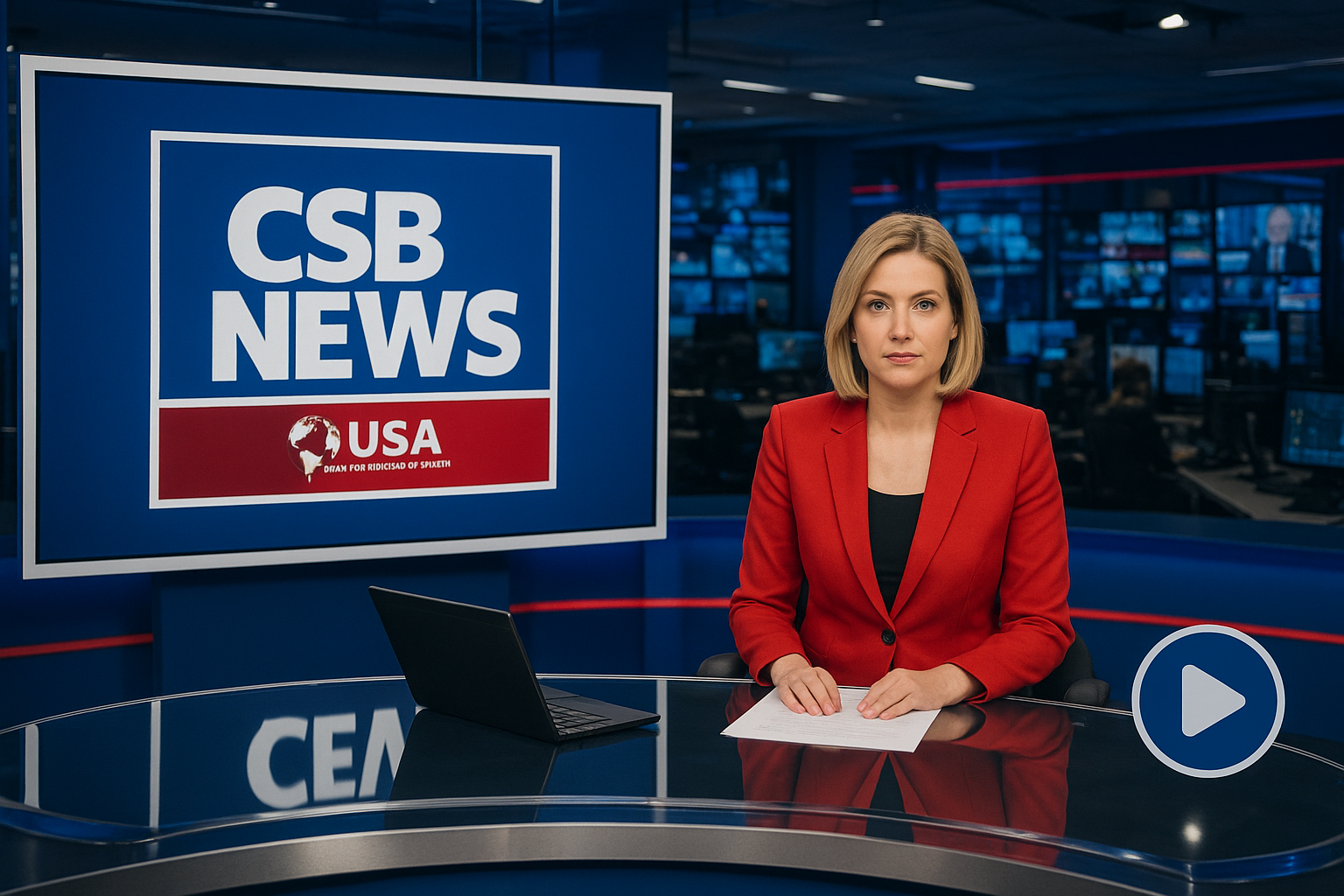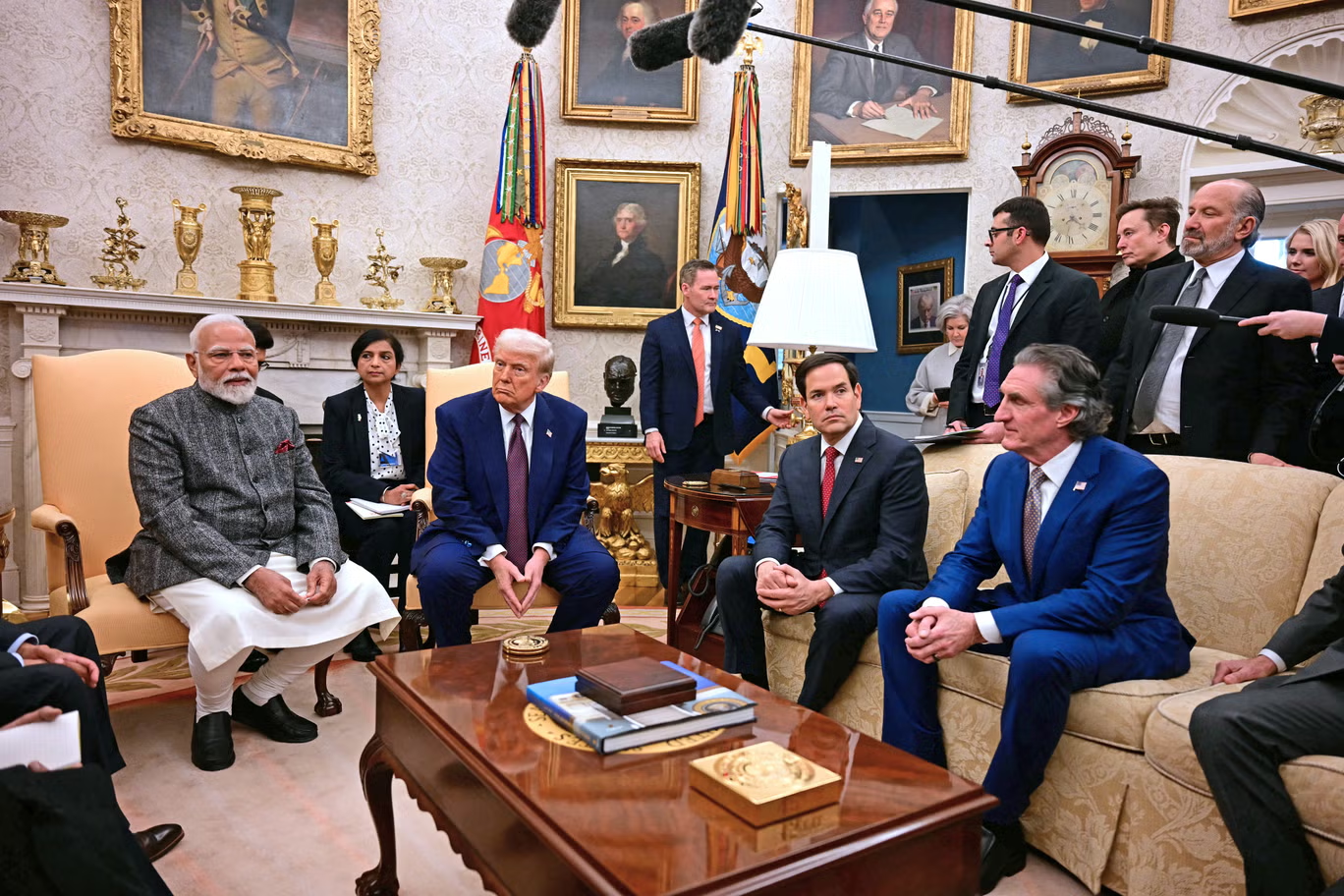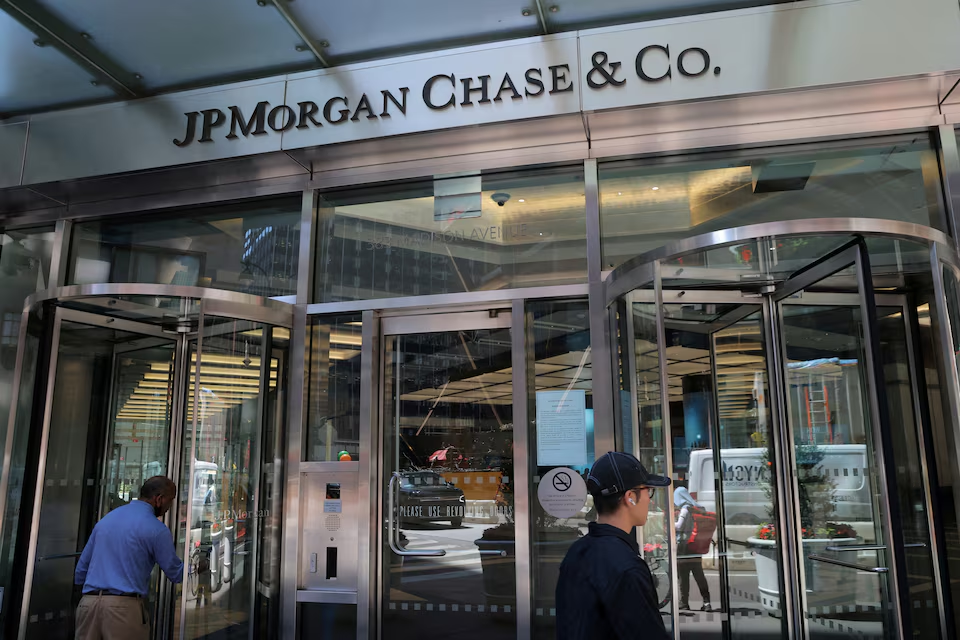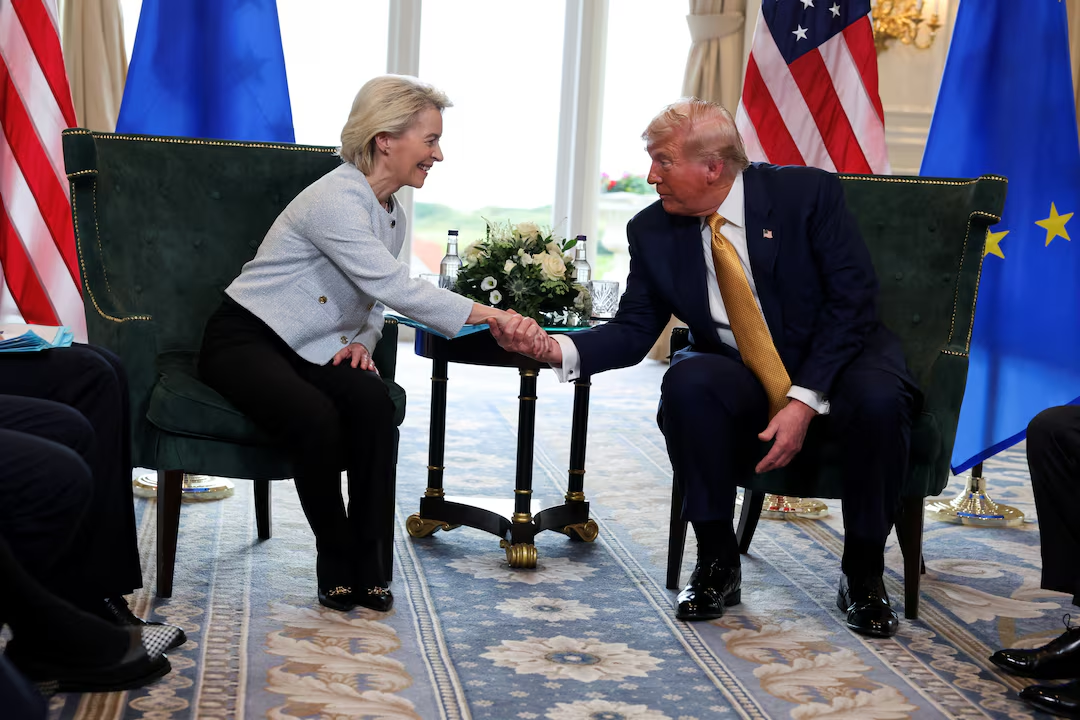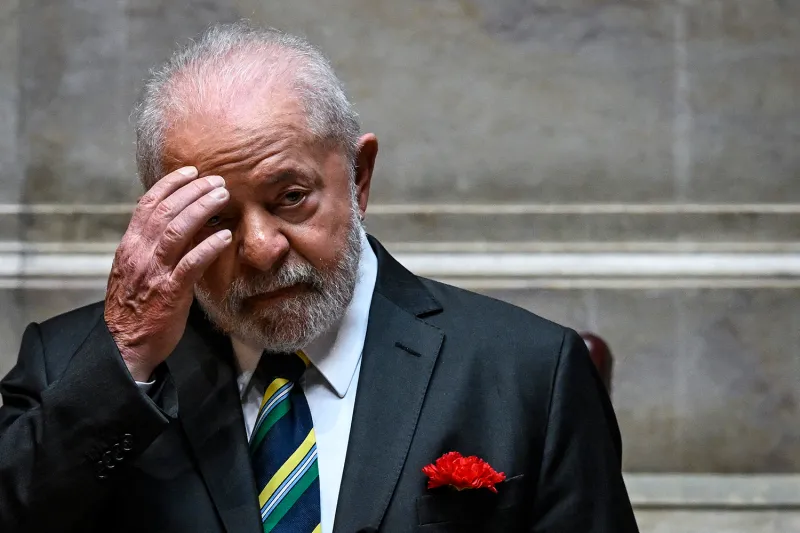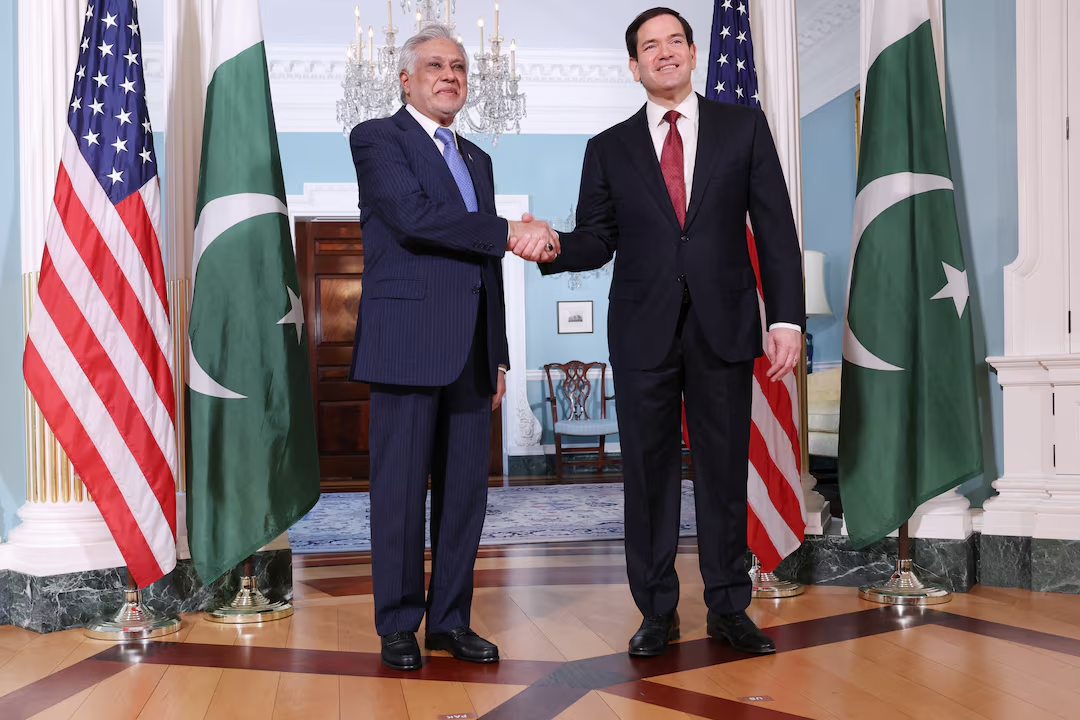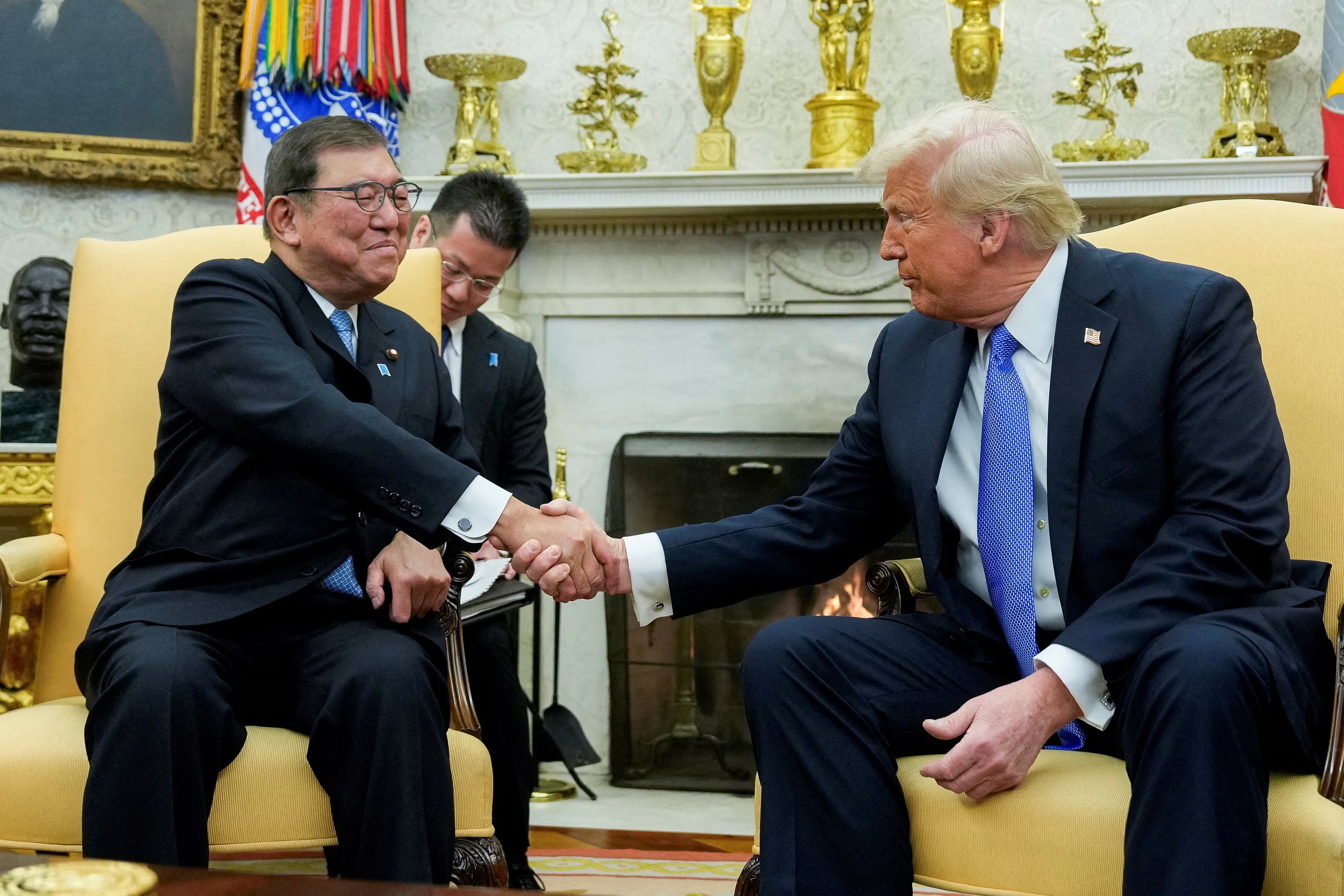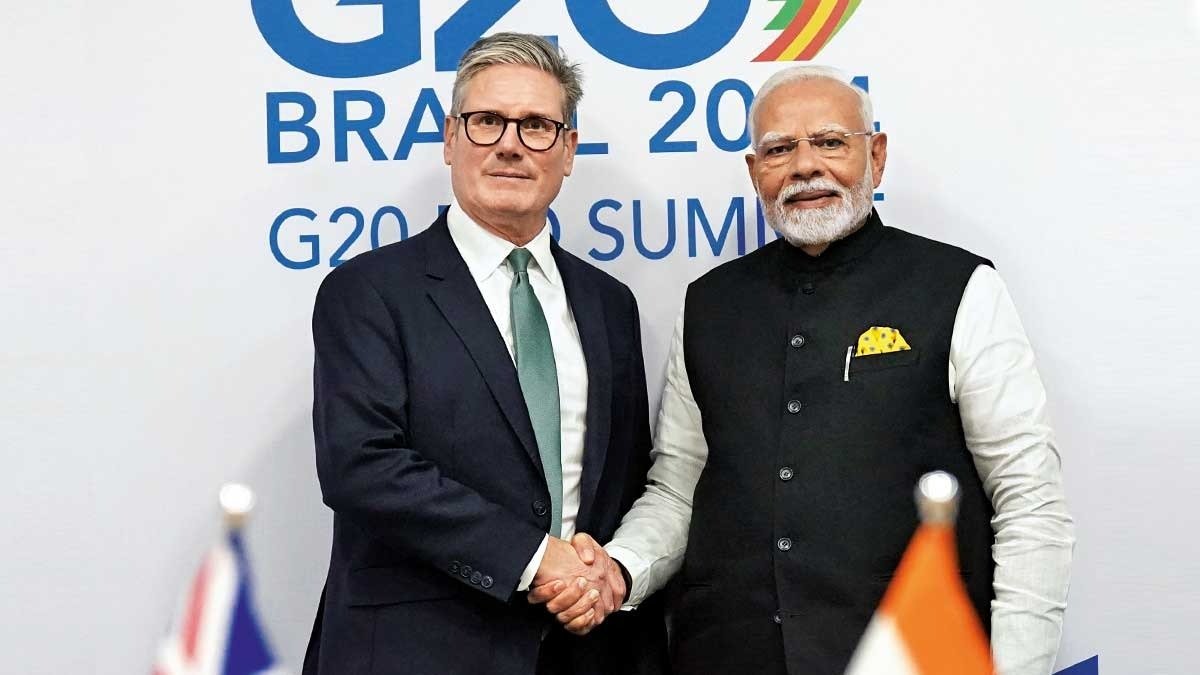New Delhi Nears Deal with Washington to Boost Bilateral Trade to $500 Billion, Bypassing President Trump’s Tariffs
[New Delhi/Washington, July 1, 2025] — The United States and India are on the verge of finalizing an interim trade deal by July 9, as both sides push hard diplomatically to stabilize ties before President Donald Trump's newly announced high tariffs come into effect.
This deal would mark the first formal trade agreement with a major U.S. partner during Trump’s second term. India aims to increase bilateral trade with the U.S. from $190 billion to $500 billion by 2030.
Diplomatic Significance of the Deal
This “mini-deal” is expected not only to ease trade barriers but also to help warm the recently cooled relationship between Prime Minister Modi and President Trump. Trump recently claimed to have played a significant role in defusing military tensions between India and Pakistan—an assertion New Delhi has flatly rejected.
U.S. Demands
The U.S. wants India to further open its agriculture and dairy sectors, especially to allow American products like GM corn, soybeans, animal feed, milk, nuts, and fruits into the Indian market.
Additionally, the Trump administration wants India to prioritize purchasing energy, defense equipment, Boeing aircraft, and nuclear reactors from the U.S. over suppliers like Russia or France.
Another key demand is for India to relax restrictions on foreign investment in retail trade (affecting companies like Amazon and Walmart).
India’s ‘Red Line’
Indian Finance Minister Nirmala Sitharaman has stated that agriculture and dairy are politically sensitive "red lines" for India. With nearly 80 million people depending on farming for their livelihood, foreign competition could trigger political unrest.
The memory of the massive 2020 farmers' protests still heavily influences the government’s trade policy. Notably, India has never opened up its dairy sector in any trade deal—not even with the European Union.
Deal Structure and Timeline
According to the Financial Times, there is a strong possibility that a “mini-deal” will be finalized by July 9. Talks are expected to continue through fall 2025 to negotiate a full-scale trade agreement.
Indian Foreign Minister S. Jaishankar, currently visiting the U.S., said during an event in New York:
“We’ve crossed the halfway point in a complex trade negotiation process. We are hopeful, but cannot make any guarantees.”
Analysts’ Perspectives
Richard Rossow, an India analyst at Washington’s Center for Strategic and International Studies (CSIS), stated:
“Even though Trump’s policies can be unpredictable at times, the need to deepen U.S.-India strategic and commercial ties remains intact.”
However, he warned that delays in appointing a U.S. ambassador to India and unfilled senior roles in the State and Defense Departments are creating obstacles to consistent diplomatic coordination.

